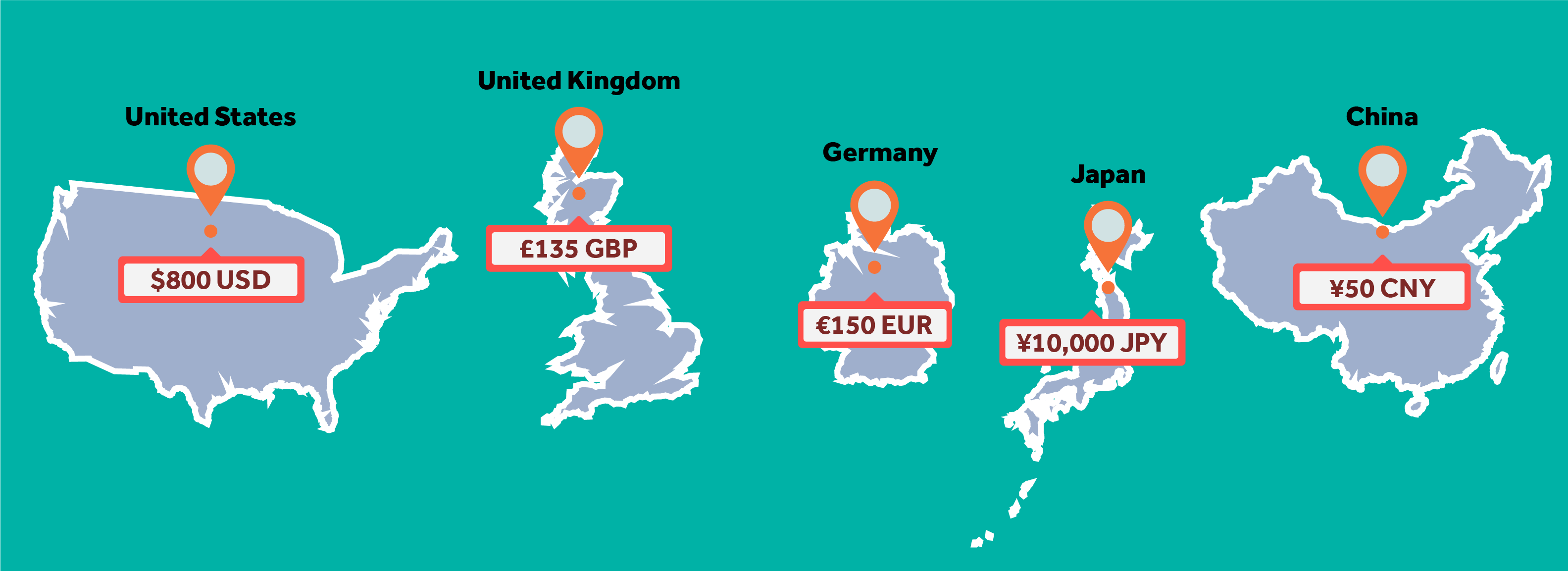In the shipping world, documentation is one of the most important, and often misunderstood pieces of the puzzle. This is all the more evident when shipping goods internationally.
In recent weeks we’ve discussed some of the intricacies of expanding your shipping beyond the Canadian border. Today on the Freightcom blog we’re zeroing in on what you need to make sure that your shipments can make it across the globe without getting stuck along the way.

Common International Shipping Documents
| Type of Document | When You Need It |
| Bill of Lading |
|
|
Commercial Invoice |
|
| Certificate of Origin |
|
| US FCC 740 |
|
| US FDA 2877 |
|
| B13a |
|
| Electronic Export Information (EED) |
|
| Toxic Substance Control Act (TSCA) |
|
We’ve discussed the importance of bills of lading (BOLs) on the blog in the past. They are the single most important freight shipping document, after all. When looking at international shipping, however, it is important not only that you use a BOL, but that you use the correct BOL. These are differentiated by the means of transport used for the shipment.
It is also worth noting that, depending on the type of BOL, it can either be negotiable, allowing for the transfer of ownership to a third party, or non-negotiable, requiring the goods to be paid for in advance of receipt.
Inland Bill of Lading
Inland bills of lading are used for any international shipments that are travelling by road or by rail exclusively. Typically they are the first transportation document an international shipper will use.
Ocean Bill of Lading
The ocean bill of lading is used when shipping goods overseas, specifically by sea. It authorizes either the holder or another party to take possession of the goods. These BOLs can be negotiable or not, at the discretion of the shipper.
Air Waybill
Like the ocean bill of lading, the air waybill is used for overseas shipments, but specifically those that travel by air. Unlike the ocean bill of lading, air waybills cannot be negotiable, meaning the shipment must already be paid for by the consignee.
Multimodal Bill of Lading
For shipments that require multiple methods of transport, such as traveling from Toronto to Vancouver by rail, and then from Vancouver to Sydney by sea, a multimodal bill of lading would be used.

Don’t Forget De Minimis
The monetary value of a shipment is crucial information in any circumstance, and when speaking specifically about international shipping, the de minimis value is especially important.
As we discussed in our cross-border shipping post, a de minimis value is the monetary value at or under which a shipment will not be subject to duties. Any shipment that is valued above a county’s de minimis must have a completed certificate of origin attached, along with any other relevant documents.
Below are the current de minimis values for some of the most popular international shipping destinations.
Current de minimis values for some of the most popular international shipping destinations.

A more comprehensive list, however, can be found via the Global Express Association.
Think Globally with Freightcom
There is a lot that can hold a business back from expanding globally. Don’t let the fear of sub-par shipping and completing documentation keep you from that growth!
Freightcom offers a wide array of cross-border and international shipping services from leading LTL and parcel carriers, all in a single multi-modal platform. Better still, our platform is available with zero startup or monthly fees!
Contact one of our shipping experts Monday to Friday, 9am to 5pm EST at 1-877-335-8740 or by email at sales@freightcom.com and grow your business further than ever before with Freightcom.

.png?width=250&height=58&name=MicrosoftTeams-image%20(28).png)